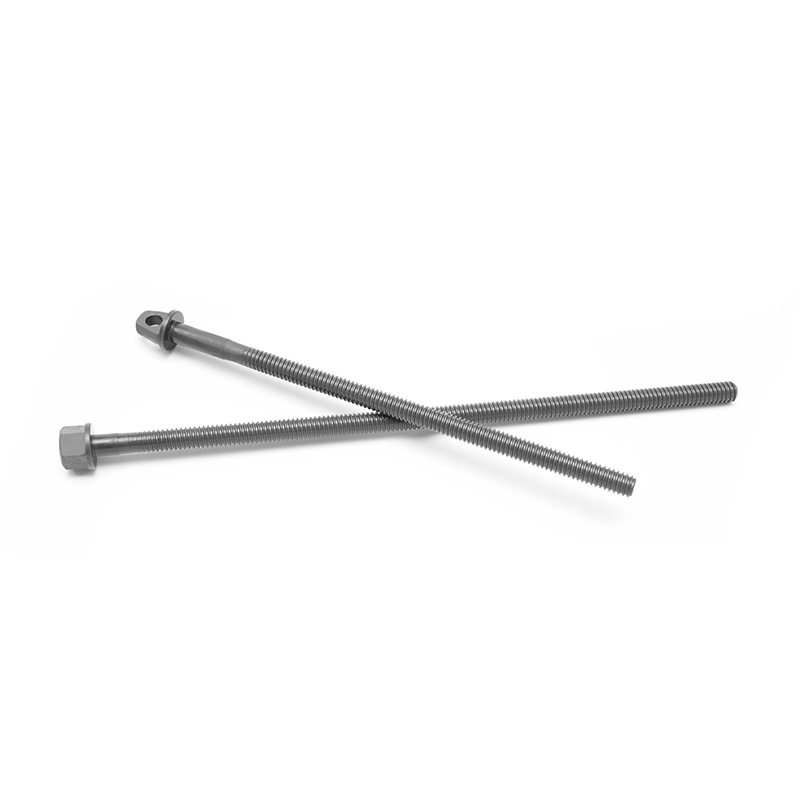In mechanical motion systems, screw drives are widely used to convert rotary motion into linear movement. Among the most common types are Trapezoidal Lead Screws and Ball Screws. While both serve similar functions, they differ significantly in design, efficiency, load handling, and ideal use cases.
1. Basic Structure and Operating Principle
Trapezoidal Lead Screw:
Also known as acme screws (especially in North America), trapezoidal lead screws feature a thread profile shaped like a trapezoid, usually with a 30° or 29° thread angle. Motion is achieved by sliding contact between the screw and a matching bronze or polymer nut.
Ball Screw:
Ball screws consist of a screw shaft and a ball nut with recirculating ball bearings between the threads. These ball bearings reduce friction by rolling rather than sliding, significantly improving efficiency.
2. Efficiency and Friction
Trapezoidal Lead Screw:
Operates with higher friction due to direct metal-to-metal (or polymer) sliding contact.
Typical mechanical efficiency ranges from 30% to 50%.
Self-locking in many cases, which means it resists back-driving without external brakes.
Ball Screw:
Offers very low friction thanks to the rolling motion of ball bearings.
Efficiency is above 90%, making it suitable for high-speed, high-cycle applications.
Not self-locking—requires braking systems or motors to hold position.
3. Load Capacity and Wear
Trapezoidal Lead Screw:
Generally handles moderate loads at lower speeds.
More wear over time due to sliding contact, but easier to maintain and cost-effective to replace.
Performs well in environments requiring shock resistance and infrequent movement.
Ball Screw:
Capable of handling higher dynamic loads with superior precision.
Less wear, longer service life under continuous duty.
Sensitive to contamination—requires clean operating environments and lubrication.
4. Precision and Backlash
Trapezoidal Lead Screw:
Moderate precision, typically with more backlash unless anti-backlash nuts are used.
Suitable for applications where absolute accuracy is not critical.
Ball Screw:
High precision and repeatability, often used in CNC machines, robotics, and automation.
Minimal backlash due to preloaded ball nuts and tight tolerances.
5. Cost and Complexity
Trapezoidal Lead Screw:
Lower cost in both manufacturing and maintenance.
Simpler design, easier to install and operate in basic setups.
Ball Screw:
Higher upfront cost and more complex design.
Requires more careful alignment and ongoing lubrication.
Summary Comparison
| eature | Trapezoidal Lead Screw | Ball Screw |
| Friction & Efficiency | High friction, ~30–50% efficiency | Low friction, ~90%+ efficiency |
| Self-locking | Yes (often) | No (requires brake) |
| Load Handling | Moderate loads | High loads and dynamic forces |
| Precision | Moderate, more backlash | High precision, low backlash |
| Cost | Lower | Higher |
| Maintenance | Simple, more wear-prone | Requires lubrication, longer life |
Both Trapezoidal Lead Screws and Ball Screws have distinct advantages depending on the application. Trapezoidal screws are better suited for low-speed, moderate-load, cost-sensitive environments where self-locking is an advantage—such as jacks, actuators, or lifting platforms. Ball screws, on the other hand, excel in high-speed, high-precision applications like CNC machinery, 3D printers, and advanced automation systems.
Choosing between them requires a balance of performance needs, budget constraints, and system complexity.


 English
English 中文简体
中文简体 Español
Español русский
русский عربى
عربى








